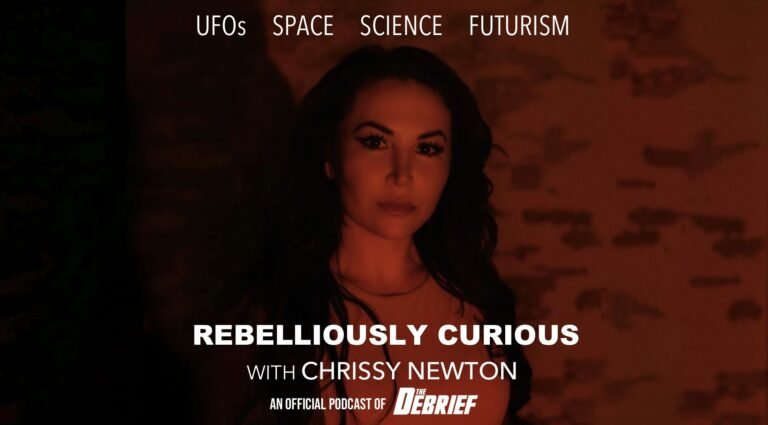SUBSCRIBE TO ‘Rebelliously Curious’: YouTube | Apple Podcasts | Spotify
Did you know that of the current top five-grossing films of all time, only Titanic is outside the science fiction genre? Science fiction isn’t just popular; it’s central to the history of film in North American culture itself. The move to narrative filmmaking, which defined cinema as we know it today, is widely associated with the work of Georges Méliès around the turn of the 20th century.
Méliès, an illusionist, saw the potential of film for creating special effects. He experimented with this new technology through a series of fantastical tales. His most influential film, A Trip to the Moon, depicts a group of astronomers traveling to the Moon, exploring its surface, battling its inhabitants, and returning to Earth – all within 15 minutes. This short film pushed the boundaries of what was possible for the medium and shaped the future of cinema. What’s remarkable is that A Trip to the Moon came out in 1902, 67 years before Neil Armstrong took one giant leap for mankind. It’s a perfect example of how scientific achievements are often first imagined in the realm of fiction.
Edward Lerner, physicist, computer scientist, science fiction, and techno-thrillers novelist, deconstructs the Science Behind the Fiction and the intriguing connections between scientific fact and its influence on science fiction within Western culture.
Join us as we get rebelliously curious.
Follow Chrissy Newton:
Winner of the Canadian Podcast Awards for Best Science Series.
Chrissy Newton’s Website: https://chrissynewton.com
